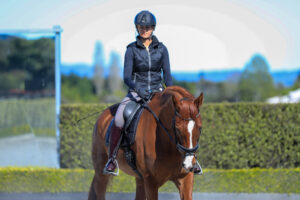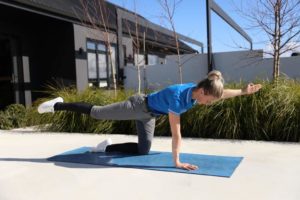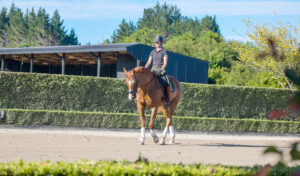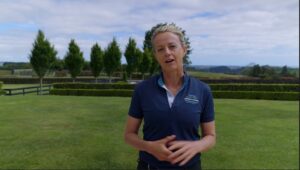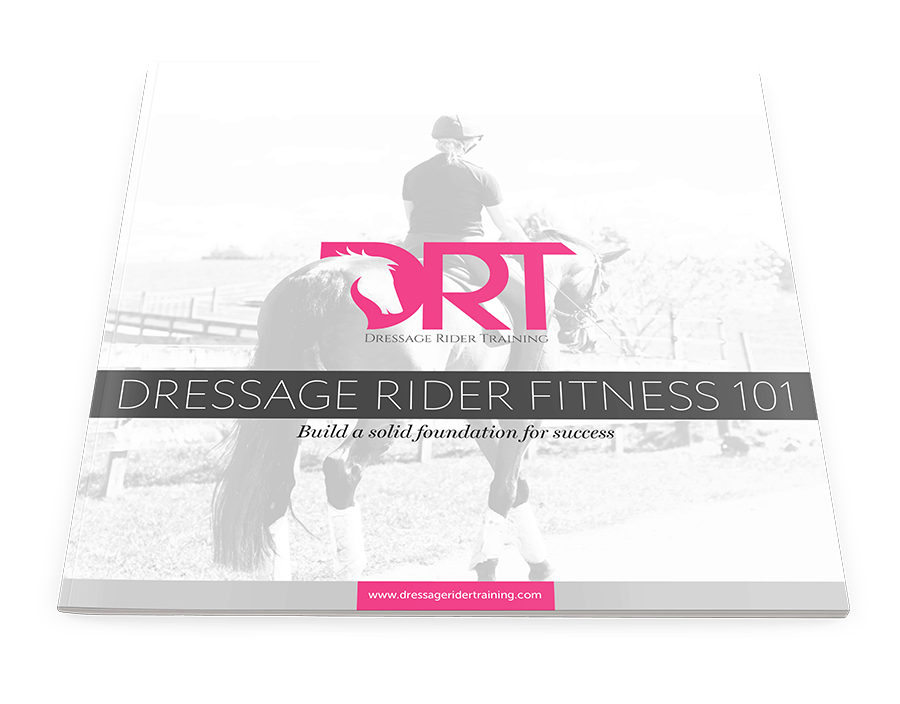How The Psoas Affects Your Pelvis Stability
When we are riding in correct posture and with good neutral spine our pelvis is evenly balanced and we are able to absorb the horses movement efficiently. However when we have tight and short psoas and hip flexor muscles it can often be a frustrating battle as you bounce and stiffen up on the horses back, having no idea how to fix it or what is going on. No matter how much sitting trot you do, you just can’t seem to find that fluid movement and feel at one with the horses back.
Now I have talked about the role of the psoas muscle in dressage riders before and today I wanted to dig deeper into more of its role it plays in stabilizing our pelvis. Now the psoas muscle attaches to 22 different structures in the your body, including vertebra, pelvis, spinal disc connections and the thigh bone. Making it a vital player in the movement of your spine and pelvis. Often referred to as a hip flexor but has a much bigger role in spinal movement.

When we get a shortening of the psoas muscle often due to lots of time sitting we cause the lowest thoracic vertebrae to shear forward and this can create a tucking and tilting posteriorly of the pelvis while the thigh bone moves forward also.
The goal then is to be creating a neutral pelvis and spine. This is about alignment and creating balance within the saddle is also about alignment. Without it we can’t efficiently absorb the horses movement. Its about our bodies ability to be efficient and have proper function within the normal ranges of motion so that when the horses force comes up beneath us our hips, pelvis and spine are all movement well within normal proper alignment.
So if your hip can’t extend due to having a whole lot of hip flexors’ tension and your glutes aren’t activating evening to balance and you have a short and contracted psoas that can’t move efficiently you have a recipe for bouncing in the saddle.
Now this is something that I personally know I need to work on and the key here is that its about knowledge. I want you to shine as a rider, so problem solving, learning and improving your habits over time are whats going to help you do that and help you be able to truley step forward with your riding.
It doesn’t mean you have to know all your anatomy, but it doesn’t mean that you want to understand how your daily habits and environment you put your body into each and every day have an impact on your riding. If you have hit a wall with your riding or are struggling with progressing your sitting trot, this could be the step you take to help you improve.
Want to learn more about how you can improve your balance, mobility and ultimately your riding? Inside the dressage rider training program I share stretches, workouts and mobility routines to help you shine as a dressage athlete. To learn more here about how you can stretch and release your psoas muscle and take your riding to a new level. Join us.
More articles
Dressage Rider Training Program
Join other participants on our 12-week 'step-by-step' online rider
training program. Improve the 5 components of your riding.
Only available 3x per year.
see full details & register your interest
